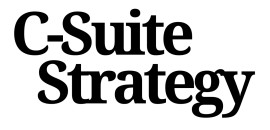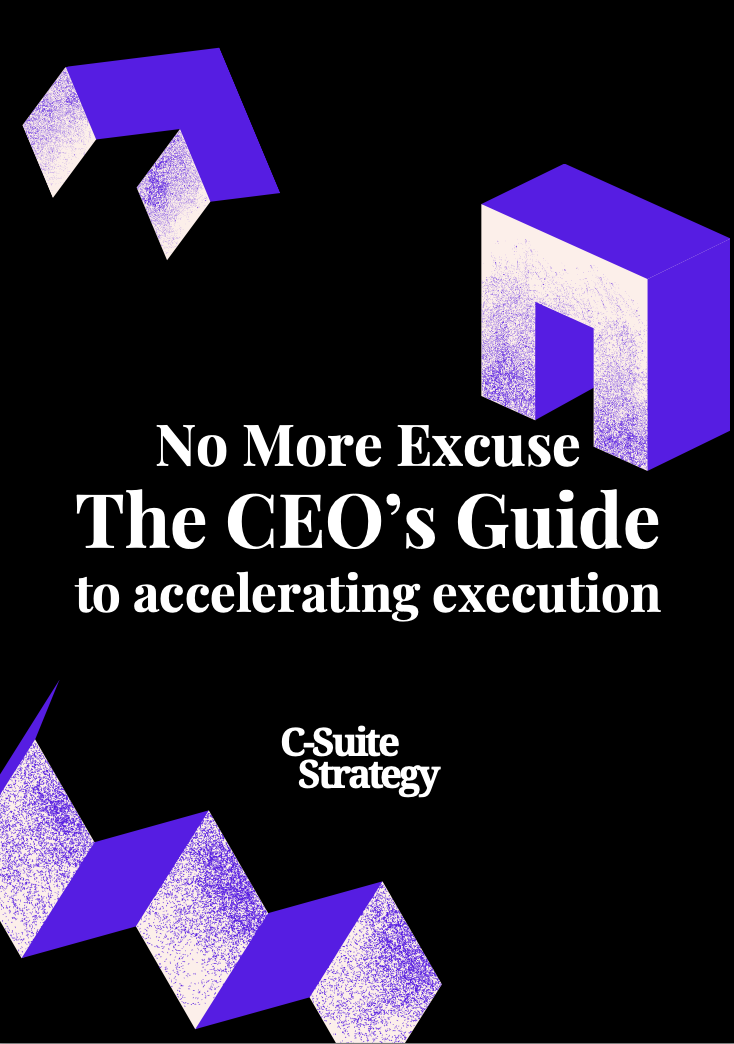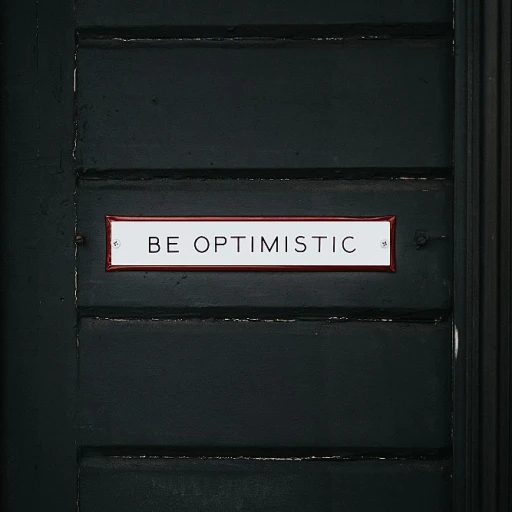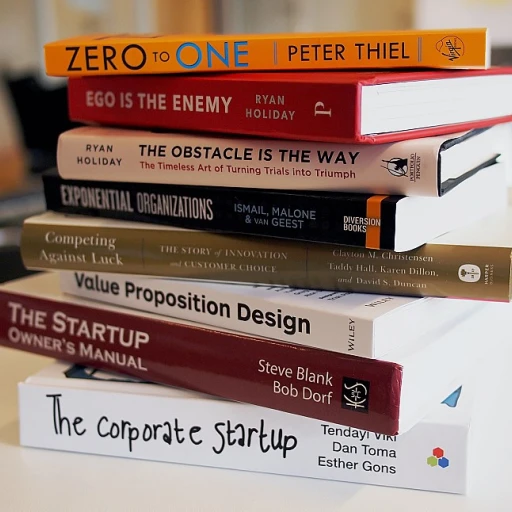
Understanding the Strategic Landscape
Grasping the Dynamics of the Strategic Environment
Understanding the strategic landscape is paramount for any CEO aiming to steer their organization towards sustainable success. Today's business environment, characterized by rapid technological advancements and shifting economic conditions, demands a keen sense of awareness and foresight. In this column, we delve into how leaders can effectively navigate these complexities. The energy sector serves as a prime example of an industry in flux, with renewable energy gaining significant traction. For members and cooperatives relying on electricity provision, the rising trend towards sustainable practices cannot be overlooked. Incorporating renewable solutions not only serves members more efficiently but also aligns with long-term financial stability goals. In past years, the shift in consumer expectations and regulatory pressures have significantly altered strategic priorities. As the cost and rates of energy fluctuate, businesses must remain adaptable, reevaluating their strategies to better serve their members in a competitive market. Panel reviews and industry-based blogs offer insight into evolving needs, fostering a deeper understanding of how to align resources and management efforts effectively. For those seeking further insights into strategic leadership, a mastering the art of CEO positioning may provide valuable perspectives on enhancing decision-making capabilities and solidifying market positions. Setting a solid strategic foundation paves the way for aligning vision with execution. It encourages resilience and cultivates an innovative culture, ultimately leading to measurable success. As CEOs continually engage with news and trends, they are better positioned to tackle the multifaceted challenges that lie ahead.Aligning Vision with Execution
Bridging Vision and Action
Articulating a clear vision is undeniably essential, but bridging vision with the day-to-day execution presents its array of strategic challenges—some immediate, others emerging over years. For CEOs focused on effective management, aligning these two elements involves much more than just setting ambitious goals; it means designing a coherent plan that is adaptable yet steadfast in its purpose. To realize a truly cooperative approach, it is crucial to ensure that every member of the organization, regardless of their rank, is fully engaged in a coherent strategy. The primary goal is to create alignment, to bolster not only financial stability but also operational excellence that serves members across various facets of the business. But how does one ensure that these elements harmoniously coincide? Here are a few approaches:- Clear Communication: Frequent communication through various channels like CEO columns, blogs, and internal news can help the entire team stay informed and aligned with the overarching strategy.
- Inclusive Planning: Engage different levels of the organization during planning phases. Cooperative dialogues can unearth innovative solutions while generating buy-in.
- Monitoring and Feedback: Implement systems to readjust plans based on timely member feedback and reviews. Flexibility in plans ensures they cater to evolving business dynamics.
Leveraging Technology for Strategic Advantage
Integrating Technological Prowess
As the business landscape continues to evolve, technology plays a crucial role in shaping competitive strategies. CEOs must recognize the impact of technological advancements and leverage them effectively to drive business objectives. Emphasizing the importance of technology not only aids in operational efficiency but also positions the organization favorably in the market.
Transitioning to renewable energy sources is a prime example of leveraging tech for strategic impact. By integrating renewable energy solutions, companies can significantly reduce costs associated with electricity while contributing positively to environmental sustainability. This shift not only serves members more efficiently but also enhances the company’s image as a forward-thinking entity.
Moreover, digital transformation offers an avenue for fostering innovation within the cooperative framework of organizations. As noted in various business reviews, aligning technological capabilities with strategic goals encourages a culture of innovation, ensuring that businesses remain agile and responsive. This alignment is paramount for maintaining leadership in a crowded marketplace.
It’s essential for ongoing success that whatever technological solutions are implemented, they are in harmony with the overarching strategy. CEOs should consistently engage with peers and review industry news to stay informed on emerging trends and innovations. This proactive stance supports long-term financial stability by preempting shifts and disruptions in the market.
In summary, integrating technological advancements into the strategic planning process is vital for achieving sustained growth. This integration should not only be focused on immediate gains but also be seen as an investment towards future-proofing the organization. By doing so, CEOs can confidently navigate the complexities of today’s marketplace.
Building a Resilient Organization
Strengthening the Foundation: Cohesive and Adaptive Teams
In today's dynamic business environment, fortifying the foundation of your organization is pivotal. Building a robust and resilient organization involves more than recruiting talent; it encompasses cultivating an adaptive culture that aligns with your strategic objectives. Energy, electricity, and cooperative sectors demand a team that can swiftly adapt to changing circumstances while maintaining cohesion. The challenge lies in balancing operational stability with the agility necessary to respond to both market opportunities and threats. Consistent communication from the CEO, especially through forums like the 'CEO Column,' ensures every member understands the priorities and strategic direction. This alignment not only retains seasoned members but also attracts new talent eager to contribute to renewable energy and innovative projects. A successful organization seamlessly integrates its financial stability goals with the creative energy of its team members. This synergy is crucial in maintaining cost-effective solutions, reflecting positively on the rate and service quality. Moreover, your management approach should foster a culture where creativity and continuity coexist, serving members and stakeholders with consistency. Regular reviews and news updates ensure that even if strategies evolve, the organization’s commitment to its cooperative members remains unwavering. An organization’s resilience is also a reflection of its leadership's foresight in incorporating technology and innovation. This harnesses untapped potential, ensuring that the business not only endures but thrives even when traditional pathways face disruption. The competitive edge often lies in exploring ways where ‘renewable energy’ isn't just a project but an evolving mindset embraced by all layers of the organization.Fostering a Culture of Innovation
Instilling an Innovative Mindset
In today's rapidly evolving business environment, fostering a culture of innovation is not just a nice-to-have—it's a necessity. For CEOs, this involves championing an environment where team members are encouraged to challenge the status quo and voice new ideas. This cultural shift empowers employees, building a cooperative and dynamic work environment that can drive the company forward.
Creating such a culture requires intentional effort and can involve strategic initiatives such as:
- Holding regular brainstorming sessions that include employees from various departments, allowing fresh perspectives and cross-pollination of ideas.
- Providing ongoing education and training in the latest technologies and industry trends, ensuring that your team is always equipped with the knowledge needed to innovate.
- Recognizing and rewarding innovative ideas and strategies, regardless of their source within the organization, to reinforce the value placed on creative thinking.
Innovation in Energy and Financial Practices
For industries like energy and utilities, which face both traditional challenges and exciting opportunities with renewable energy, innovation is especially crucial. A forward-thinking approach might involve evaluating new energy sources that can better serve members while maintaining financial stability. Engaging with technological advancements can help in managing costs, enhancing rates, and improving the overall management of electricity services.
Reflecting on years ago, when business strategies might have focused solely on cost-cutting, today's emphasis on innovation can lead to more robust financial outcomes and a stronger market position. Reading industry-specific news and reviews can provide insights into emerging innovations that can be assessed for potential integration into your strategy.
A thriving culture of innovation not only energizes your workforce but also contributes to your organization's long-term success. As we continue into October and look back to developments in recent months, it's evident that those in the CEO column who promote a culture of innovation are better equipped to navigate strategic challenges effectively.
Measuring Success and Adapting Strategies
Assessing Progress and Evolving Strategies
Navigating the complex landscape of strategic challenges as a CEO involves constant evaluation and adjustment. Measuring success might feel like hitting a moving target, but it's essential for maintaining momentum and ensuring alignment with organizational goals. The key is to develop a robust framework that consistently benchmarks progress against your strategic vision. Strategic measurement is not solely about financial metrics, although financial stability remains critical. It's about how well your organization's actions resonate with its mission, culture, and values. Consider these approaches:- Define Clear Metrics: Establish key performance indicators (KPIs) that reflect both financial goals and non-financial aspects like innovation and member engagement.
- Regular Reviews: Implement regular strategic reviews to address achievements, setbacks, and potential recalibrations.
- Incorporate Member Feedback: Understand the perspectives of those who use your services. Your cooperative's members can provide invaluable insights that shape your offerings.














